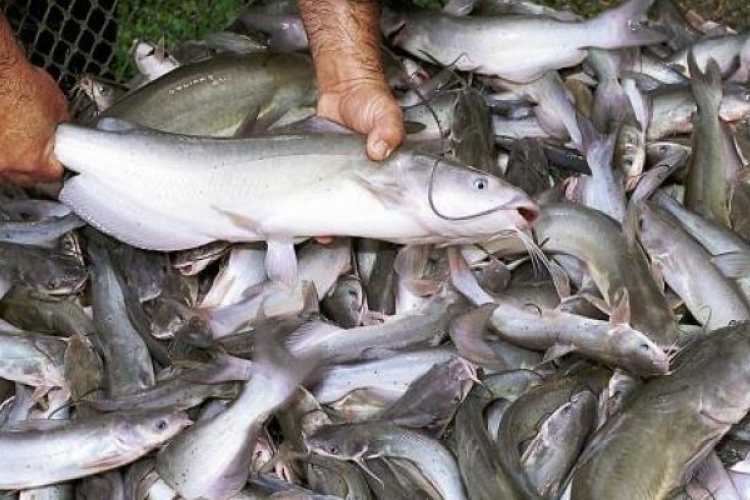Concerns over formaldehyde contamination of fish need to be addressed — scientifically
Concerns over formaldehyde contamination of fish need to be addressed — scientifically
So, why is formaldehyde in fish a problem? For one thing, fresh fish should not have preservatives, and the presence of formaldehyde points to unscrupulous vendors trying to pass off stale catch as recent. Two, the lack of evidence linking ingested formaldehyde with cancer doesn’t necessarily make the chemical safe. At high doses, it causes gastric irritation. Plus, the lack of data could merely mean that not enough people are consuming formaldehyde regularly enough for its carcinogenic effects to show — the absence of evidence is not evidence of absence. There is a third complication. When certain marine fish are improperly frozen during transit, formaldehyde forms in them naturally. But this formaldehyde binds to the tissue, unlike added formaldehyde, which remains free. And so, measuring free formaldehyde versus bound formaldehyde can be one way of distinguishing a contaminant from a naturally occurring chemical. In this context, the Goan government must clarify its claim. Did the Goan FDA measure free formaldehyde or bound formaldehyde? If it measured the sum of both, on what basis did it conclude that the chemical came from natural sources? Some formaldehyde consumption may be unavoidable for fish- lovers, and it may not be a health risk either. But the line between safe and unsafe consumption should be drawn by experts, in a transparent manner. The Goan claim doesn’t meet this criterion. This is why, instead of allaying the fears of consumers, it is stoking them.


 "UPSC-2026-PRELIMS COMBINED MAINS FOUNDATION PROGRAMME" STARTS WITH ORIENTATION ON FEB-10
"UPSC-2026-PRELIMS COMBINED MAINS FOUNDATION PROGRAMME" STARTS WITH ORIENTATION ON FEB-10